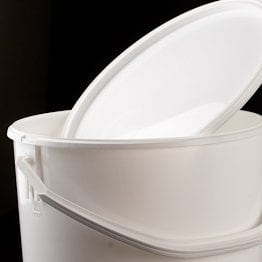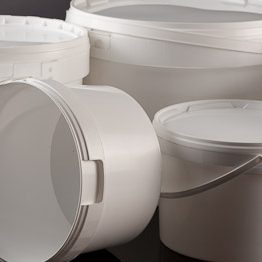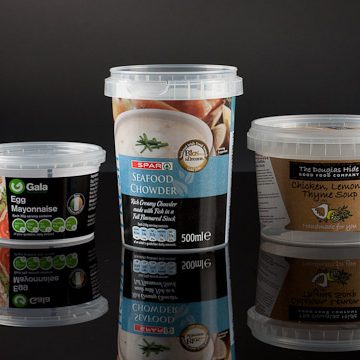Foil Facts
“The unique properties of aluminium foil make it the ideal material for a diverse range of products . At Complas Packaging Limited we firmly believe that there is no better packaging medium for today’s market”
- Temperature Range – Foil is unaffected by the extremes of temperature normally experienced throughout the food industry manufacturing process. Aluminium foils can easily withstand a very wide temperature range. They perform perfectly at deep freezing temperatures with no risk or fracturing or splitting, and perform equally well at very high oven and grill temperatures, where there is no risk of melting, burning or discolouration.
- Heat Conductivity – Aluminium foil readily conducts heat helping to minimise cooking times by allowing the heat to pass to the product quickly. It also means the heat is passed to the product evenly helping remove the possibility of cold or hot spots. Cooling times are also improved by the use of aluminium foil containers, helping retain the quality of the product.
- Barrier Properties – Aluminum foil is impermeable to moisture gain or loss, and provides a total barrier to grease, oils and water. It is also corrosion resistant to substances with a pH value between 4 and 9.
- Hygienic – Foil is an inert material and as such does not provide a habitat for micro-organisms. Foil does not pass on any odours, colours or tastes to any product contained in it.
- Strength – Once pressed into shape aluminium foil retains its shape due to its dead fold characteristics. The folds and curves in the formed container give it great strength and allow it to be used on high speed automated lines without concerns about damage. Aluminium foil is lightweight for its strength on a like for like basis with other packaging materials.
- Dual Ovenable – Aluminium foil can be used in all convection and fan assisted ovens and can be used in microwave ovens. For more details on the microwaveability of foils see our brochure.
- Recyclability – The recyclability of aluminium is excellent. When it is recycled there is no degradation in its properties enabling it to be recycled over and over again. When aluminium is recycled around 95{7442afb559fe364fb8aae92c11fe80fccc8a8ac26fd7100d5b760de2a8aa7d4d} of the energy taken to produce virgin aluminium is saved.
Environment
“Aluminium is endlessly recyclable losing none of its inherent properties during the recycling process as its structure is not damaged. Although aluminium is the third most abundant element in the Earth’s crust it is highly beneficial to recycle it”.
Recycling aluminium uses only 5{7442afb559fe364fb8aae92c11fe80fccc8a8ac26fd7100d5b760de2a8aa7d4d} of the energy required to process Aluminium from its raw ore, Bauxite. CO2 emissions are also drastically cut with recycling releasing only 5{7442afb559fe364fb8aae92c11fe80fccc8a8ac26fd7100d5b760de2a8aa7d4d} of the CO2 released when processing from Bauxite. Aluminium’s high value per tonne compared to other waste materials ensure that there are many commercial operations set up to collect and recycle aluminium.





